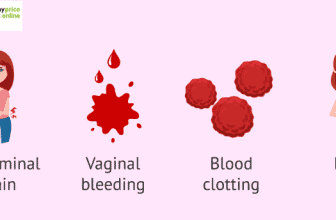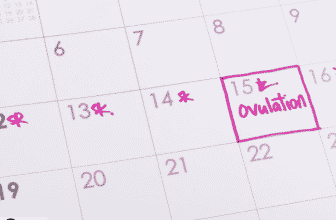
Pregnancy calendar, If your baby is determined to be substantially bigger or smaller than normal for gestational age during a first-trimester ultrasound check, your healthcare professional may change your due date. This is more likely to happen if your menstrual cycle is irregular, making determining the day of conception challenging. So to avoid changes in your due date you need to use pregnancy calendar.
Related: Pregnancy test calculator week by week

extremely faint line on pregnancy test barely visible pictures
Pregnancy calendar
There are a few options. If you know your due date, you can determine it by calculating 38 weeks from the day you were born.
(A human pregnancy lasts roughly 38 weeks.)
However, only a small percentage of expecting mothers are aware of their specific conception date.
Even if you just had intercourse once throughout your fertile period, you wouldn’t conceive on that day unless you were ovulating.
So, up to five days after having intercourse, you can release an egg (ovulate), which is fertilized by a waiting sperm.
That is the day you become pregnant.
You can get your pregnancy calendar from amazon
Related: Bleeding during pregnancy causes and treatment
When can I take a pregnancy test?
One of the first indicators of pregnancy is a missed menstrual cycle.
That’s why we usually advise waiting until you’ve missed your period before taking a pregnancy test.
You may acquire low-cost, high-quality pregnancy tests at this location.
We can determine possible fertilization and your pregnancy due date if you can’t wait that long and know the day of your last period.
Related: Protein creatinine ratio pregnancy calculator and its usage
Your last period
Counting 40 weeks since the first day of your last menstrual cycle is the most frequent method for determining your pregnancy due date (LMP).
This is how the majority of healthcare practitioners approach it.
If your menstrual cycle is the normal length (28 days), it began about two weeks before you conceived.
This answers why pregnancies are reported to last 40 weeks instead of 38 weeks.
The length of your menstrual cycle or the period you believe you may have conceived are irrelevant in this procedure.
On average, women ovulate two weeks after the start of their monthly period.
That was pregnancy calendar.
Related: Early pregnancy discharge in detail

clear blue pregnancy test results faint line
Date of conception
If you have a precise date of conception — for example, if you utilized an ovulation predictor kit or kept note of your ovulation symptoms –
You can use this information to figure out when your baby is due.
Simply type in your date and choose the appropriate calculating method from the drop-down menu above.
It’s important to note that you don’t have to conceive on the same day as your intercourse.
Check out our articles of parents who know exactly when and where they did the offense that resulted in their child for a good laugh.
Related: Glucose test pregnancy and its importance
Date of IVF transfer
Simply type in your date and choose the appropriate calculating method from the drop-down menu above.
Count 261 days from the day of the egg retrieval if you had a Day 5 embryo transfer.
Pregnancy calendar

Finally, Of course, a pregnancy calendar, whether from our tool or from your doctor or midwife, is always an estimate. Only one out of every twenty women gives birth to a healthy baby on time. You’re just as likely to go into labor on any given day in the two weeks leading up to your due date as you are in the two weeks afterward.
References:







